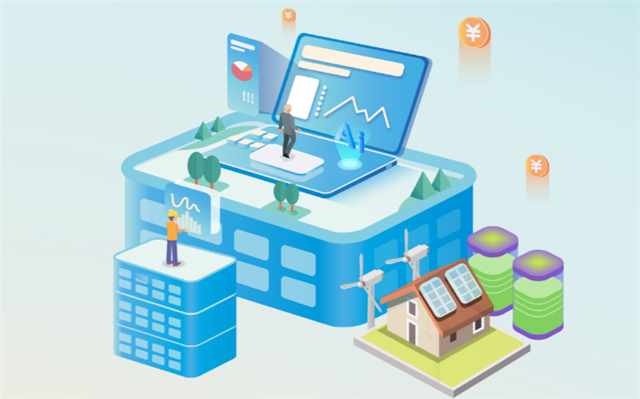According to the statistics of the National Energy Administration of China, by the end of the first quarter of 2021, the installed capacity of renewables in China had reached 948 million kilowatts, including 259 million kilowatts of solar PV.

Source: SolarEye
For O&M enterprises, this is a market with a promising future. However, the O&M quality of different enterprises varies greatly. Some can only offer simple services like cleaning modules and weeding, while others can help owners improve power generation, preserve and even appreciate the value of assets.
Solarbe learned from several O&M professionals that owners now have higher requirements for the asset value, power generation income and cash flow of the power station under the backdrop of grid parity. This is how intelligent O&M becomes a popular solution.
What kind of O&M can be called intelligent? How to improve the O&M efficiency of PV projects with few maintenance staff? O&M enterprises all claim to have adopted the “big data” technology, but how to make the most out of the data? To answer those questions, Solarbe talked to Zhang Rui, Director of R&D Center of SolarEye.
Q: What does intelligent O&M include?
A: Intelligent O&M should at least include visualized system monitoring, intelligent equipment diagnosis, digital process management, digital asset management, convenient operation decision-making and others.
Q: What are the key problems in PV O&M? How will SolarEye tackle them?
A: At present, the problems include inconsistent O&M standards, low degree of professionalization, lack of professionals, limited safety management modes, short of means of asset accretion and low degree of intelligence, etc.
To tackle those problems, SolarEye aims to use as fewer people as possible to provide better O&M services. The solutions include establishing a digital operation mode and professional training system, research on intelligent diagnosis algorithm, and develop solutions to improve quality and efficiency, etc.
Q: What kind of Big Data is needed in PV plant O&M?
A: The intelligent O&M requires data on equipment, meteorological conditions, personnel, geographic conditions, asset, finance, etc. The reasonable frequency of data collection depends on the purpose of data. For example, the key parameters (voltage, current, temperature, etc.) related to equipment safety need to be updated at least every second, while those that has little to do with equipment safety (electric quantity, radiation, insulation impedance, etc.) can be updated every minute.
We will first clean the data, eliminate the null value, dead value, abnormal value and other invalid data. Through physical modeling and AI algorithm, we can find out the distribution of different types of data and the same type of data in time and space, which can be used for intelligent diagnosis and operation analysis.
Q: What true values can SolarEye bring to power plants compared to other platforms?
A: Its greatest advantage is to reduce costs and improve efficiency. The system is based on the rich technical asset that Sungrow has accumulated over the years. What’s more, with 8GW of capacities of operate, SolarEye is a platform developed by genuine O&M professionals. This means that SolarEye has rich data sources, the most authentic user feedback and the fastest iteration speed.
Q: How does SolarEye locate errors and provide accurate suggestions?
A: SolarEye detects abnormalities mainly by connecting different equipment parameters with physical models, and identifying spatial and temporal distribution of the same type of equipment parameters. According to TÜV Rheinland certification, the accuracy of diagnosis is over 90%.
Q: How can distributed PV O&M reduce costs and improve efficiency?
A: Distributed PV is scattered. Some small projects are less than 1MW, so it is impossible to have O&M staff on each project. That’s where the function of the platform will be given to full play.
For distributed power stations, we suggest centralized O&M within a region to make full use of staff and materials and improving the power generation and O&M efficiency through centralized monitoring on the platform and exclusive maintenance and inspection for distributed PV plants.


